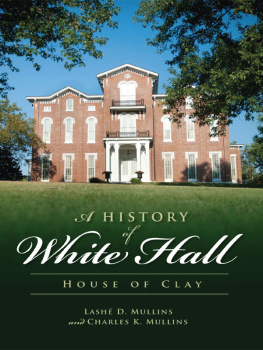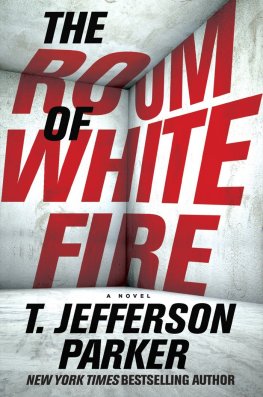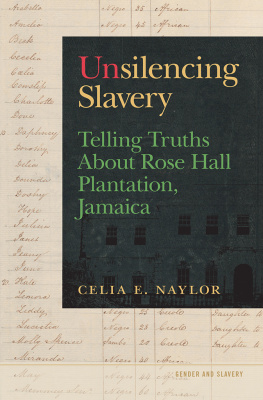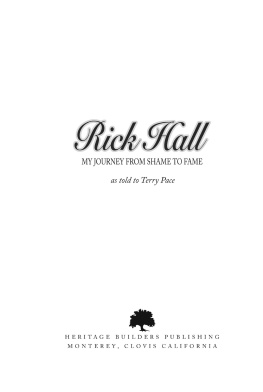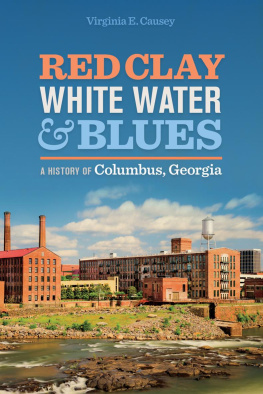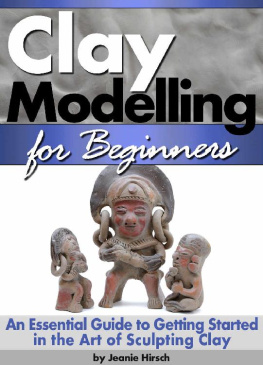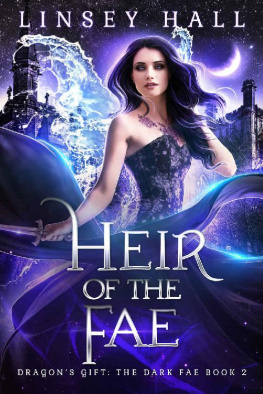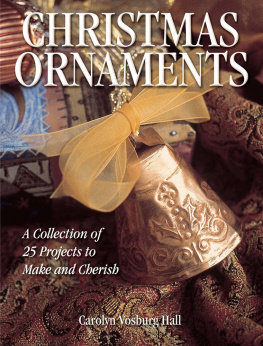

Published by The History Press
Charleston, SC 29403
www.historypress.net
Copyright 2012 by Lash D. Mullins and Charles K. Mullins
All rights reserved
Cover images courtesy of Kentucky Department of Parks and Liz Thomas Photography.
First published 2012
e-book edition 2012
Manufactured in the United States
ISBN 978.1.61423.767.9
Library of Congress CIP data applied for.
print ISBN 978.1.60949.313.4
Notice: The information in this book is true and complete to the best of our knowledge. It is offered without guarantee on the part of the authors or The History Press. The authors and The History Press disclaim all liability in connection with the use of this book.
All rights reserved. No part of this book may be reproduced or transmitted in any form whatsoever without prior written permission from the publisher except in the case of brief quotations embodied in critical articles and reviews.
This book is dedicated to our children, Charles Gabriel Marcellus Mullins and Evelyn Haven Gail Mullins. It is also dedicated to all those who have loved White Hall and have made it a part of their lives. Like Cassius M. Clay, they also can proclaim Quorum pars fuiof them I was a part.
CONTENTS
PREFACE
I began my employment at White Hall State Historic Site in 1995, but my history with the place goes much farther back. My uncle manages the Bennett farm that surrounds the park, and when visiting my relatives as a young girl, I would glance eastward toward the brightly lit structure and wonder about the people who once lived there. Later, my family would move to the Bennett farm, and I could then gaze out of my own bedroom window at the house any time I wanted. Throughout the years, I had many relatives work at White Hall, and I would visit the park whenever I got the opportunity. White Hall has an annual event in October called Ghost Walk, for which the park partners with Eastern Kentucky University (EKU) Theatre to perform a production based on the Clay familys life. When I began college in 1994 at EKU, I felt privileged to be cast in this production. The experience was such a good one that I rode out to the park the following spring with a fellow theatre student who had worked at White Hall the previous year, and who had also performed in Ghost Walk, to apply for a job. I was blessed with a summer position.
Near the end of that first year, I remember that friend asked me how I liked working at White Hall, to which I replied, Its fun, but I wont be back next year. That was eighteen summers ago, and I have yet to be fully able to separate myself from the place. Upon graduating, I applied for a full-time position as curator, a title I have held since 1999. The young man with whom I had initially applied for a job married me on the steps of the mansion in that same year. In 2003, we moved to the park, and our children are able to run around and play in one of the loveliest backyards in Madison County.
Words cannot completely express what White Hall means to me. This house, this park, is not just a job for meit is my life. A wise person once said, Choose a job you love, and you will never have to work a day in your life. Not necessarily so, as there has been a great deal of work involved over the years, but it has always been varied, rewarding and joyful. I honestly feel like one of the luckiest people around to be able to call this place home.
Because new information about the Clay family and the house is found almost on a daily basis, this book can never really be complete. In fact, I fully expect some great epiphany to occur right after the work is published. If I had been able to tell all that is known about this special place and the fascinating people associated with it, this book would be the size of a dictionary. Therefore, I had to pick and choose what I would share and what I would leave out. I hope the reader will enjoy the history as much as I do; it is a pleasure and an honor to be able to share it.
Lash D. Mullins
My first knowledge of White Hall goes back to the early 1990s. In the fall of 1993, I was an undergraduate student at Eastern Kentucky University majoring in speech communication and theatre arts. One day, a professor approached me about performing in a play at a local museum. I would learn that the museum was actually a state historic site, and the play was essentially a composition of scenes and monologues, mostly based on a man named Cassius M. Clay and his illustrious family.
I recall being part of a caravan of student actors trekking out to White Hall for the first time. It was nearing sundown, and as my carpool approached our destination, I remember feeling excitement and anticipation. Suddenly, after seeing nothing but a landscape of farmland and cattle out of the car window, I saw it for the very first time. I was in awe of the sheer grandeur of the mansion. I had never seen a house quite like it. It was truly love at first sight. The museum and the history made such a lasting impression on me that when that theatrical production ended, I approached the manager of the site about the possibility of a summer job. I was employed as a docent in the summer of 1994 and returned for many seasons to follow.
It was during my second season of employment in 1995 that I became good friends with a young woman named Lash Dunn. Like me, Lash had developed a special love for White Hall. In the not too distant future, I developed a special love for her as well. Lash and I share a connection to White Hall that is difficult to describe in words.
I think back to that cold October night when I first visited the Big House. I had no idea that twenty years later, I would be living at White Hall with my wife and that we would be raising our children on its beautiful grounds. Im eternally grateful for everything White Hall has given me over the years.
Charles K. Mullins
ACKNOWLEDGEMENTS
Will McKay from The History Press, without whom this work would not have become a reality. Many thanks for all of the encouragement and advice on the project and for allowing us this wonderful opportunity.
Kathleen White, park manager of White Hall State Historic Site, who gave endless support, suggestions and numerous days off work to complete the book.
Jeffrey Boord-Dill, theatre instructor, director, tour guide extraordinaire and fountain of knowledge in all things Clay, who provided interesting tidbits and recommendations for the book and spent many hours editing the work.
Mack McCormick at the University Press of Kentucky and Jim Birchfield from the Warwick Foundation, for their generous permission to use Clay Lancasters floor plans of Clermont.
Jim Holmberg from the Filson Historical Society, for assistance with transcriptions of and permission to use General Green Clays January 8, 1820 letter housed in the Green Clay Papers of Filsons collection.
Elizabeth Thomas, for her fabulous photographic work and attention to detail on the modern images in the book.
Paula White, for her insightful interview and remarkable enthusiasm. Thank you for traveling back in time with us.
James M. Cox, for the generous use of his photographs and his wifes information on the Richmond Garden Club, as well as the wonderful visits he made to White Hall, entertaining us with boundless recollections of his life and the mansion before restoration.
Helen Chenault, for the delightful conversation about White Hall and her firsthand experiences with the Richmond Garden Club.
Next page
